Mowoolim Hair Clinic [Tax Refund Shop] (모우림의원)
3.0Km 2024-06-27
868, Nonhyeon-ro, Gangnam-gu, Seoul
-
Ganga - Apgujeong Branch (강가 압구정)
3.0Km 2021-04-13
868, Nonhyeon-ro, Gangnam-gu, Seoul
+82-2-3444-3610
Chefs with over 20 years’ experience in India personally do the cooking. This restaurant's signature menu is tandoori chicken. This Indian (cuisine) restaurant is located in Gangnam-gu, Seoul.
PhoDUCK (포덕)
3.0Km 2021-03-18
7, Myeongdong 10-gil, Jung-gu, Seoul
+82-2-755-5233
This Korean cuisine is located near Myeongdong Station, Seoul. The representative menu is grilled Korean beef rib eye steak. It sells pork, duck meat, and beef.
BBANDAK BBANDAK Myeong-dong(빤닭빤닭 명동)
3.0Km 2020-11-25
7 Myeongdong 10-gil Jung-gu Seoul
+82-2-778-1084
It is a place where you can enjoy a variety of toppings for Dakgalbi (Spicy Stir-fried Chicken), which is popular in Korea. This Korean dishes restaurant is located in Jung-gu, Seoul. The representative menu is spicy stir-fried chicken.
Pyeongnaeok (평래옥)
3.0Km 2021-03-22
21-1, Mareunnae-ro, Jung-gu, Seoul
+82-2-2267-5892
This store, which has been around since 1950, always has a long line of customers. A Pyeongyang cold buckwheat noodles specialty restaurant located in Jung-gu, Seoul. The representative menu is Pyeongyang cold buckwheat noodles.
Mont-Bell - Yongsan Branch [Tax Refund Shop] (몽벨 용산점)
3.0Km 2024-04-18
92, Hangang-daero, Yongsan-gu, Seoul
-
8 Seconds - Garosugil Branch [Tax Refund Shop] (에잇세컨즈 가로수길점)
3.0Km 2024-04-18
49, Gangnam-daero 156-gil, Gangnam-gu, Seoul
-
Mo & Bless Hair Transplantation [Tax Refund Shop] (모앤블레스의원)
3.0Km 2024-06-27
208, Apgujeong-ro, Gangnam-gu, Seoul
-
Dami [Tax Refund Shop] (다미 (dami))
3.0Km 2024-04-16
(Store #2, 1F Anbo Bldg.), 26, Garosu-gil, Gangnam-gu, Seoul
-
Gwanghuimun Gate (광희문)
3.0Km 2021-02-24
344, Toegye-ro, Jung-gu, Seoul
+82-2-3700-3900
Gwanghuimun Gate is said to have been originally constructed in 1396, the 5th year of King Taejo, at the southeast of the capital city. It was often referred to as Sugumun Gate (water channel gate) and was actually used as a Sigumun, literally meaning “corpse gate,” as funeral processions passed through this gate when exiting to the east.
During the Imjin War (1592-1598), the fortress gate was destroyed to such a degree that it made finding the original location close to impossible. Nevertheless, reconstruction efforts were started in 1711 (37th year of King Sukjong) and the gate was restored together with the gate's watchtower. Gwanghuimun Gate remained intact even when the fortress walls were demolished to build tram tracks during the Japanese occupation, but it was later damaged during the Korean War and left neglected. In 1975, restoration work was carried out to relocate Gwanghuimun Gate to a site 15 meters south of its original location since it stood in the middle of the road.
![Mowoolim Hair Clinic [Tax Refund Shop] (모우림의원)](http://tong.visitkorea.or.kr/cms/resource/61/3313861_image2_1.jpg)
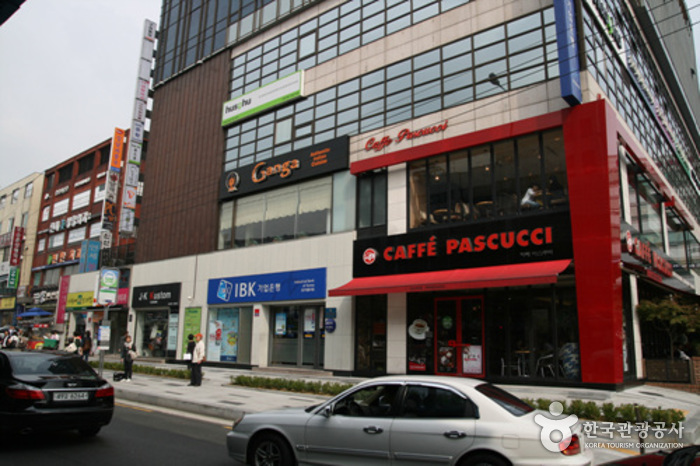
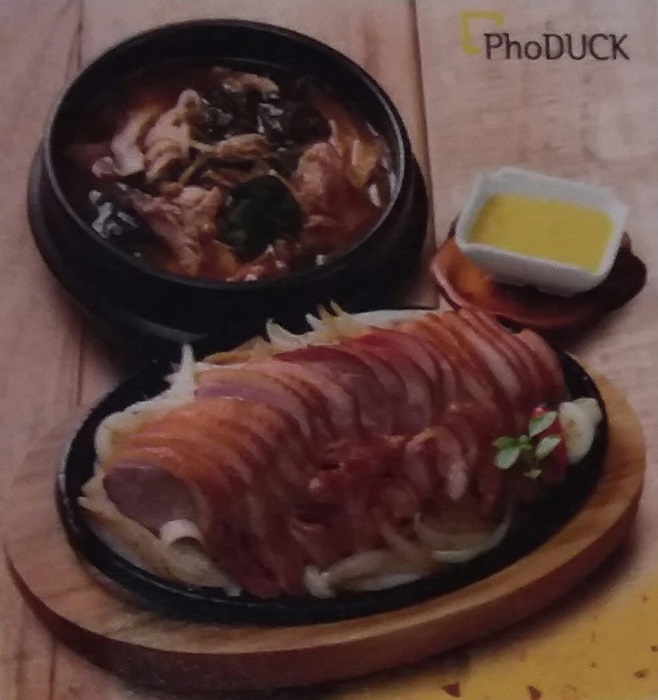
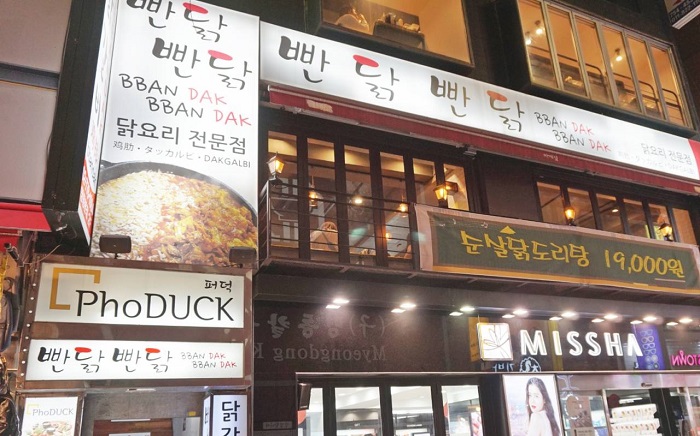
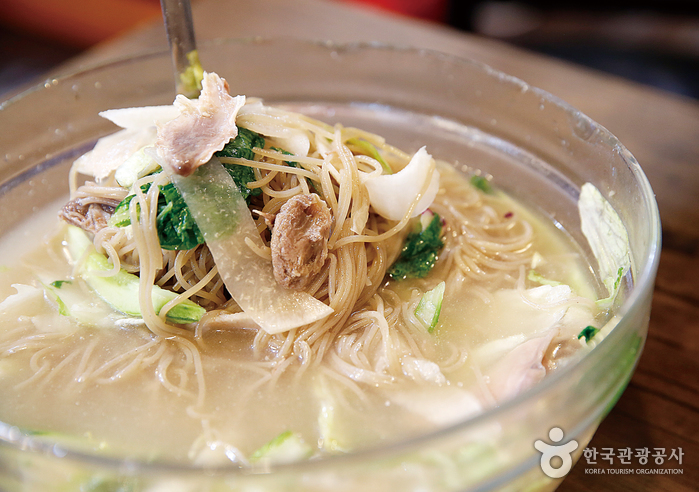
![Mont-Bell - Yongsan Branch [Tax Refund Shop] (몽벨 용산점)](http://tong.visitkorea.or.kr/cms/resource/65/2890565_image2_1.jpg)
![8 Seconds - Garosugil Branch [Tax Refund Shop] (에잇세컨즈 가로수길점)](http://tong.visitkorea.or.kr/cms/resource/20/2879720_image2_1.jpg)
![Mo & Bless Hair Transplantation [Tax Refund Shop] (모앤블레스의원)](http://tong.visitkorea.or.kr/cms/resource/13/3314813_image2_1.jpg)
![Dami [Tax Refund Shop] (다미 (dami))](http://tong.visitkorea.or.kr/cms/resource/45/2879745_image2_1.jpg)
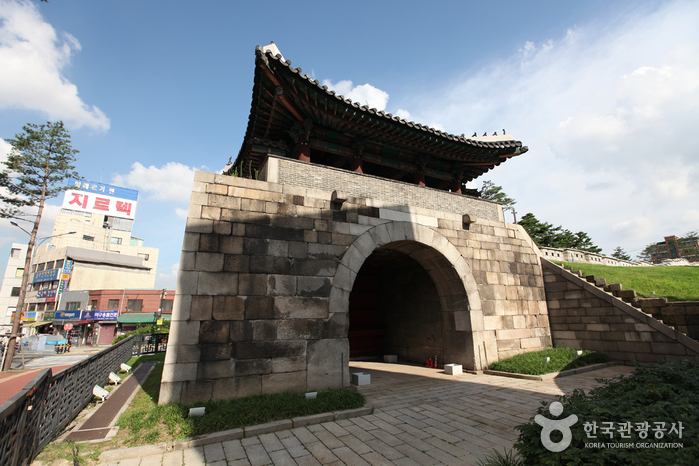
 English
English
 한국어
한국어 日本語
日本語 中文(简体)
中文(简体) Deutsch
Deutsch Français
Français Español
Español Русский
Русский